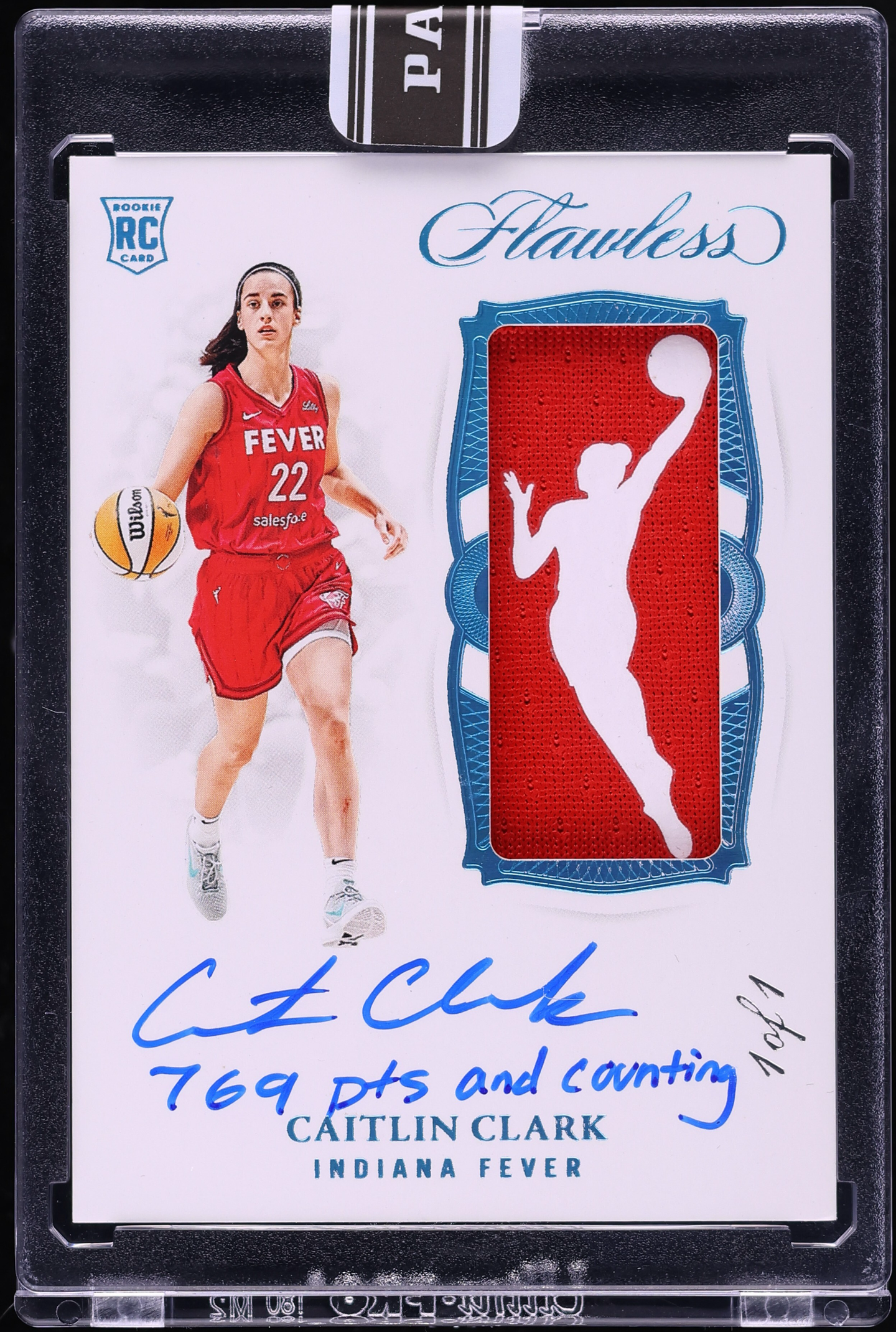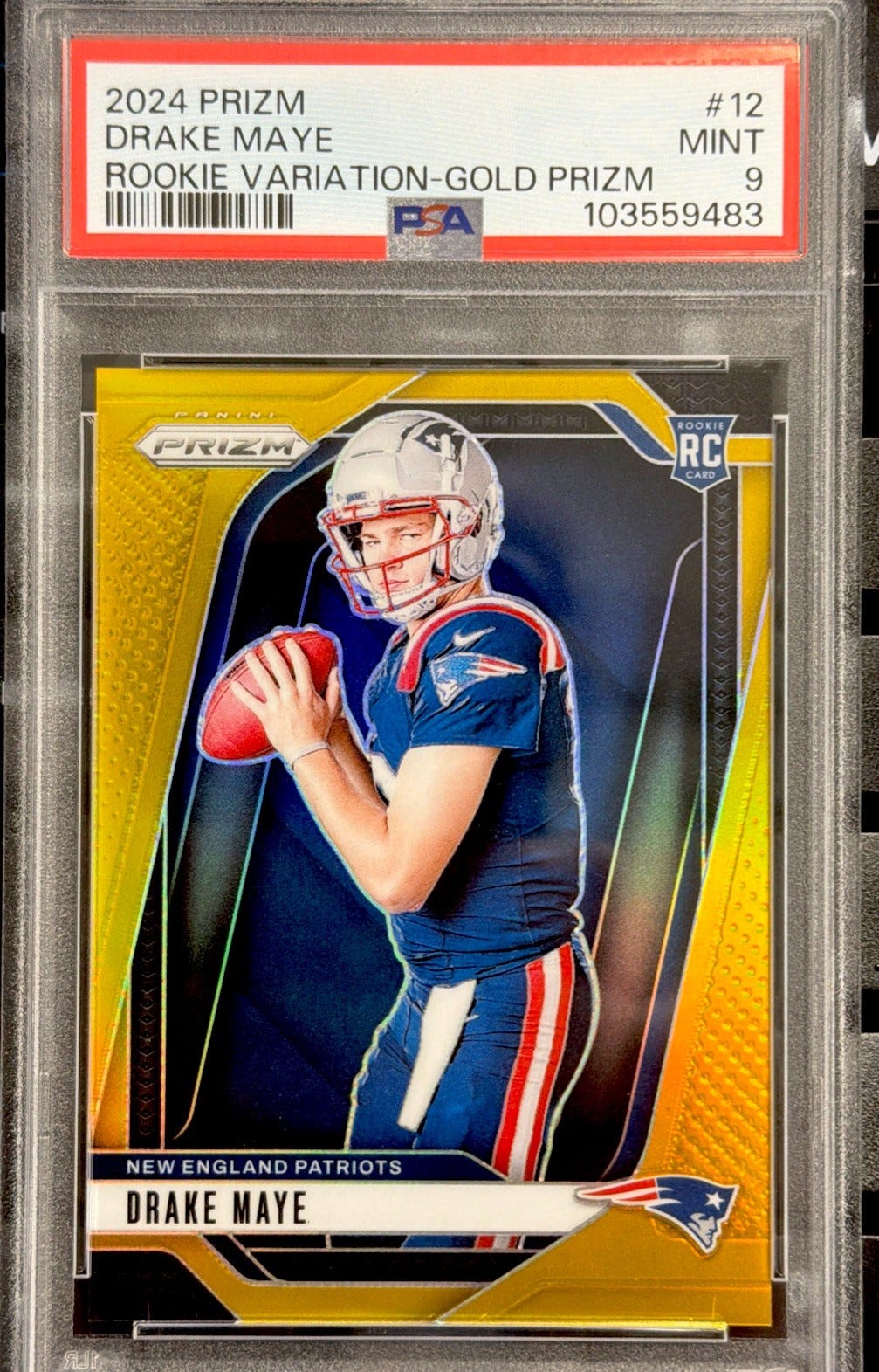Collecting 101
Kalamazoo direct to you … baseball cards that is
For its combination of popularity, scarcity, beauty, and utter unfathomability, no 19th-century set – maybe no other card set ever – exceeds Kalamazoo Bats, which appears to have been a two-year issue produced by Charles Gross & Co. of Philadelphia in 1886 and 1887. Extraordinarily, 12 of the 62 known player cards have been discovered since 1980, one was uncovered in 2005, another early in 2006. Some of the long-known cards are so scarce as to exist in mere handfuls; some of the recent discoveries are comparatively common.
The chronology of the issue may be indecipherable. The 20 cards depicting the New York Mets and Giants would seemingly date to 1886 (several players appeared with those teams in ’86 and not ’87) – except that Dude Esterbrook spent 1886 with the Giants and 1887 with the Mets – but is known only with the latter team. The 40 Philadelphia Athletics and Phillies all seem to be from 1887.
The New York and Philadelphia cards vary in design or execution in four significant ways: only the Philadelphia cards are copyrighted (and dated, 1887); only the Philadelphia cards offer two-player poses; only the New York cards feature studio portraits (the Philadelphia players are depicted outdoors in their respective ballparks: National League Park for the Phillies and Jefferson Street Grounds for the A’s); and only the Philadelphia cards ever appear with printed backs. These offer premiums like a silk umbrella or a Meerschaum cigar tube, in exchange for remarkably large numbers of cards (400 cards were needed to get the umbrella). The wording on the offer (“for the return of these Pictures in GOOD ORDER…”) suggests Gross & Co. may have actually recycled the cards they got in exchange for the premiums, and put them back in the cigarette packs.
There are also six team cards, clearly dated to 1887, which have always been considered and catalogued as a separate issue. But in the late ’90s, one of them turned up with the same premium offer that appears on many of the backs of the Philly cards. This suggests – though not with any certainty – that despite the exotic selection of teams (Detroit but not the Mets, Pittsburg but not the Giants) these cards were probably issued concurrent with the player cards, at least in Philadelphia. The other rationale for listing the teams as a separate set was their extraordinary scarcity. But as more and more unique (or nearly unique) player cards have turned up, the team cards have become relatively less scarce, and should probably be considered part of the main set or sets of 1886-87 (and are considered such in the checklist on the second page).
There’s another complicating factor which might be contributing to our collective confusion. Gross & Co. issued many other cards in the identical 21/4-by-4-inch sepia format on thick cardboard, featuring actresses and other non-sports figures. It’s very possible that the baseball players are a mere subset of one larger, amorphous, added-to-as-needed running issue of celebrities throughout 1886 and 1887.
The bulk of the Giants and Mets may have been published in 1886 with Esterbrook and a few others (or maybe just Esterbrook) added in ’87. The New York players might have been available only in New York, and the Philadelphia players only in Philadelphia. Esterbrook, a remarkably popular player in his day (given his seemingly common-place statistics), could have been an aberration that does not preclude any of our theories on the timing or geography of the sets.
There are also cabinet cards, on distinctive black cardboard mounts. Only the team cards and some of the Philadelphia players are known in this format, suggesting another link between the regular-issue team cards and the player cards.
As late as 1956, only 39 Kalamazoo Bats were known. Lew Lipset wrote that three more (Esterbrook, Dave Orr, and the joint card of Jim Fogarty and Deacon McGuire), had been added to the list by 1965. By 1974, the number was up to 48. Lipset’s 1983 checklist shows 50 cards, and identifies the ones discovered after 1965 as Dan Casey, Jim Devlin, Bobby Mathews, Harry Stovey (Hands on Hips), and the two-player cards of Charlie Bastian and Harry Lyons, and Wilbert Robinson and Fred Mann, and George Townsend and Jocko Milligan – with Pete Gillespie of the Giants as the then-most-recent discovery (1980). Charlie Mason, only briefly the manager of the A’s in 1887, turned up not long after publication of Lipset’s milestone Encyclopedia of Baseball Cards: 20th Century Tobacco Cards, 1909-1932 (Paperback), and then the card started to turn up fairly regularly.
But a century after the cards were produced, a remarkable collection of 41 – nearly half of them in pristine condition – was sold to Lipset and Ron Oser. Among them were previously unknown cards of Buck Ewing (which auctioned for the then-astounding price of $2,920), Tim Keefe ($2,460), and John Ward ($2,655). Also, previously unreported cards in the collection included Pat Deasley and Tom Poorman. By this time Gillespie and Mason had become so common that the former, in EX-MT condition, sold for just $775, and the later, auctioned in EX, fetched just $495.
The six most recently discovered cards are Chippy McGarr (misidentified as “McGan” – a second copy turned up on eBay in 2005), Ed Seward, and Gus Weyhing of the A’s, Tom McLaughlin of the Mets (1999), then in 2005 Denny Lyons of the A’s (also on eBay) and, earlier this year, Bill Holbert of the Mets.
The great 1987 discovery may have increased the checklist by nearly 10 percent, but it did nothing to unravel the enigma of “K-Bats.” Among the 41 cards were the rare, in some cases, previously-unknown Giants, plus Phillies and A’s – but not a single Met.
There is also some confusion over player identities. The card showing the Phillies’ trainer, Taylor, working on the arm of a player identified as Harry Lyons, is a wonderful vignette of baseball as they lived it in Philadelphia in 1887. In fact, the player is Jim Devlin. The confusion is understandable: Lyons played one game for the Phils that year; Devlin, only seven. Adding to the befuddling nature of the series is that despite their brief tenures with the Phillies in 1887, the cards of Devlin and Lyons are among the most frequently found in the series.
Still lost to history is the identity of a player identified as “Gallagher,” shown being tagged out by A’s second baseman Lou Bierbauer on the action-pose card they share. No such-named player ever appeared for the A’s – although it could easily be Jim Gallagher, who had played one game for the Senators the year before. Similarly, there is the irony of Whitey Gibson, who played just one major league game – a year after these cards were produced. Locals (Gibson was from Lancaster, Pa.) who hung around but rarely, or never, played, were much more common in the 19th century than in the years since. Gibson, shown with the Phillies, is a common Kalamazoo Bat. But he appears in N172 Old Judge with the A’s – and only two copies of that card are known to exist, with the first having not turned up until 1986.
Are other Kalamazoo Bats still out there awaiting discovery? When Lipset wrote in 1983, there were Cabinet versions of McGarr and Seward, but no regular cards of them. The A’s team card showed Manager Mason, Poorman, and Weyhing – and none of them were known in the regular set, either. As noted, all five have since turned up – Mason in sufficient quantities to make his virtually a common card.
With the discovery of Denny Lyons, the list of likely candidates for “new” Kalamazoo Bats is reduced to Charlie Bastian of the Phillies, and Jocko Milligan and the unknown “Gallagher” of the A’s – the only players on any of the nine multiple-player cards who don’t have their own individual cards. Countless ’86 Giants and Mets are missing (Hall of Famer Mickey Welch, as an example). Of the Philadelphia players there are many longshots: Al Atkinson, Frank Bancroft, Bill Casey, Ed Flanagan, Ed Greer, Bill Hart, Chief Roseman (who is already in the set as an ’86 Met), Jim Roxburgh, Bill Taylor, and Cannonball Titcomb of the Athletics, and Tony Cusick, Ed Daily, Tommy McCarthy, and Barney McLaughlin of the Phillies. There’s one more possibility. Another cabinet was discovered in the ’90s for which no regular card is known. It shows Bastian, Casey, and the Phils’ trainer in the series’ only three-shot.
Nearly all write-ups of Kalamazoo Bats miss the exceptional similarities in layout and font style to the Old Judge set (the newly discovered Holbert has the same photo as his card in the Old Judge “Dotted Ties” subset), or the obviously shared photography with the Four Base Hit series (the photos of John Montgomery Ward, though not identical, were clearly taken at the same sitting at the same photography studio). Most of the cards of the prolific 1886-90 era are seemingly interconnected in design or photography, hinting at a story of production or design at which we can only guess.








